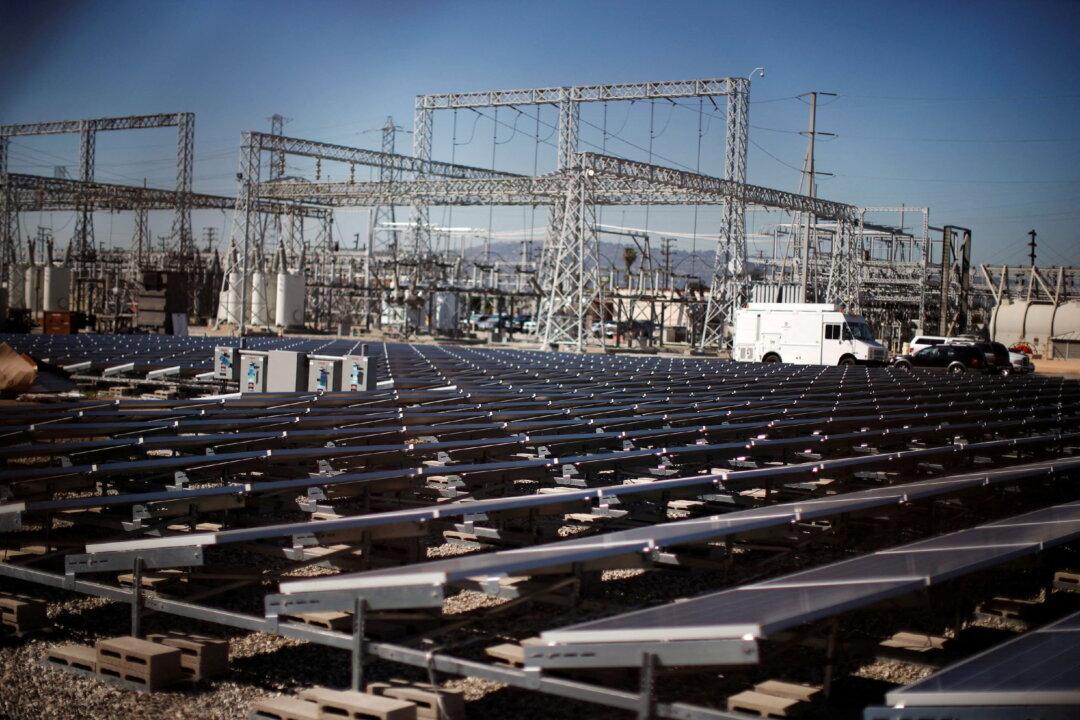Commentary
If you were too young to remember the 1970s inflation in California, you have no idea how bad things still could get—if inflation in 2021 keeps rising. Some recent news items:
- On Tuesday, the U.S. Department of Labor reported producer prices soared 8.6 percent over the past year;
- On Wednesday, it reported inflation in October jumped at a 6.2 percent annual rate;
- Also on Wednesday, China reported its producer price index went up 13.5 percent over the previous year. That inflation soon will be hitting all the imported items Americans buy from Walmart and Amazon. The U.S. trade deficit with China in September hit $40 billion a month, a new high, as imports to the U.S. continued to rise.





